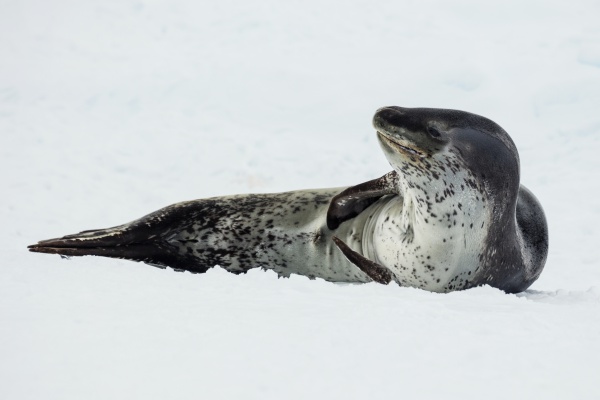Facts About Leopard seal
Leopard seals, commonly known as sea leopards, are the second-largest seal species in the Antarctic, with killer whales as their only natural predators. These seals have a varied diet that includes cephalopods, other seals (pinnipeds), krill, birds, and fish. Belonging to the genus Hydrurga, they are closely related to other members of the Lobodontini tribe.
Physically, leopard seals are distinguished by their long, muscular bodies, large reptilian-like heads, and unique counter-shaded coats. They are exceptional hunters, equipped with sharp teeth for catching prey and sensitive whiskers for navigating their environment.
Primarily found in the Antarctic pack ice, leopard seals have also been observed in regions such as Australia, New Zealand, South America, and South Africa. They are generally solitary animals, except when mothers are caring for their newborn pups. Their breeding habits are polygynous, meaning that each male mates with multiple females. Females typically give birth to a single pup during the summer. Vocalizations play a crucial role during the breeding season for establishing territories and attracting mates.
Leopard seals are also impressive divers, capable of collapsing their lungs to dive deeply in search of food. Despite being apex predators, they rarely pose a threat to humans. Nonetheless, there have been a few documented cases of aggressive behavior, including some fatal encounters.
Conservation efforts are essential for leopard seals due to their limited distribution in the Antarctic, which makes them vulnerable to environmental changes. International treaties regulate the hunting of leopard seals to ensure their protection.

 Argentina
Argentina